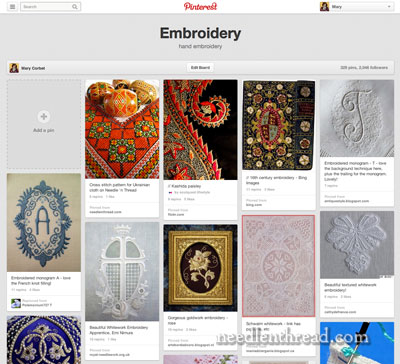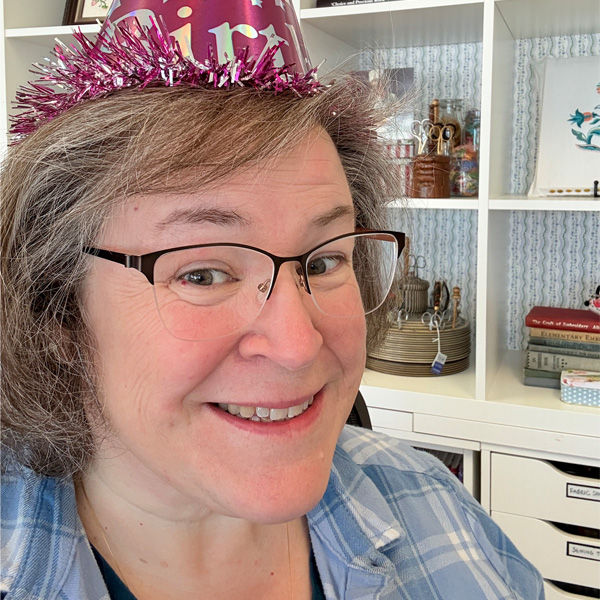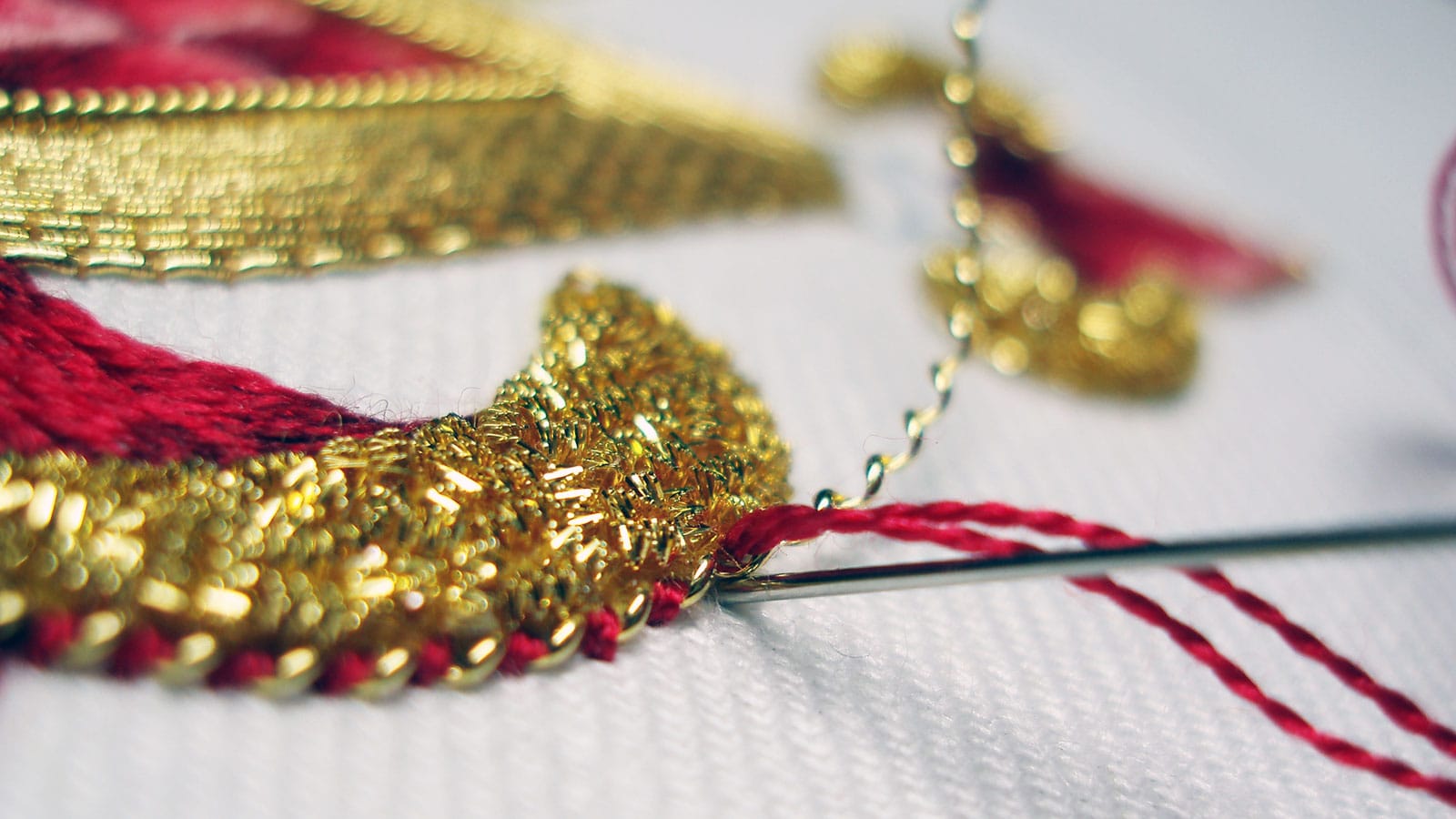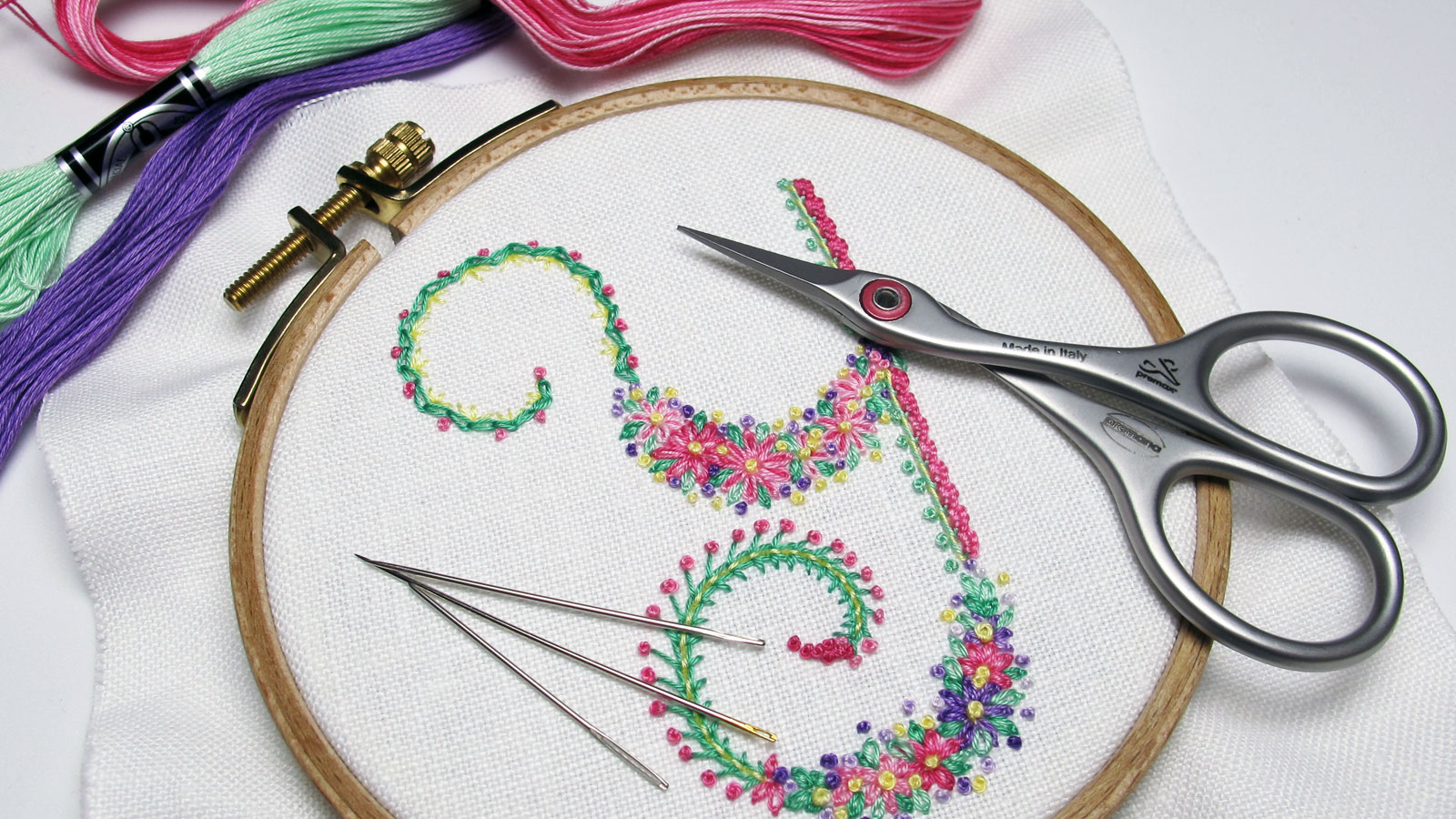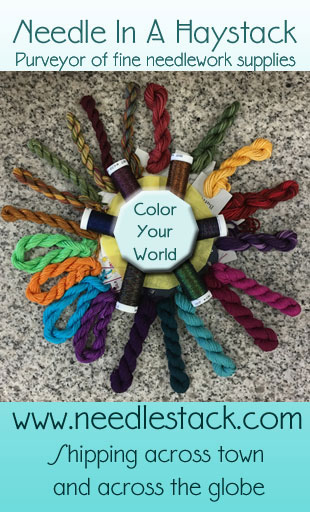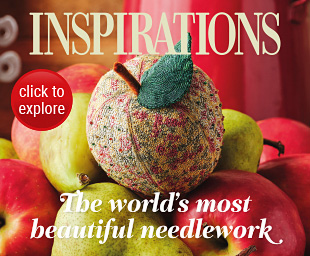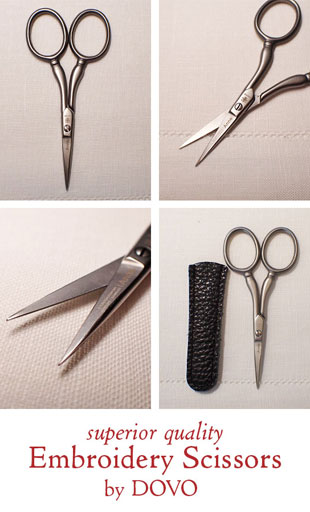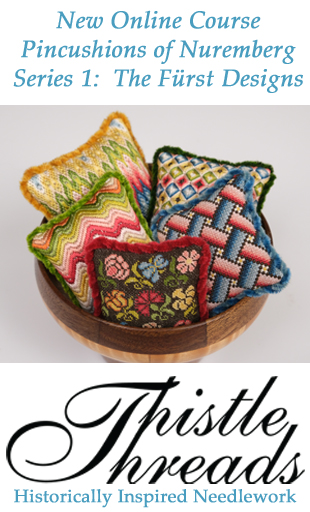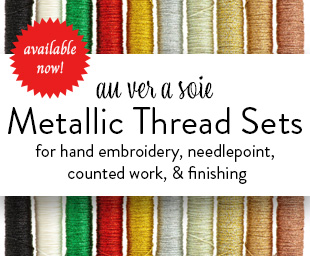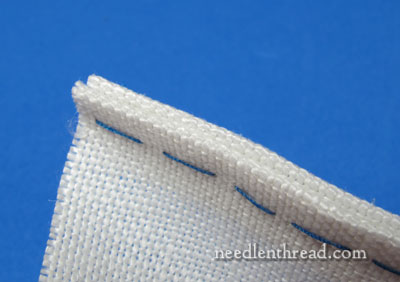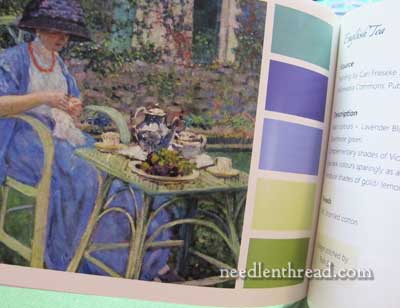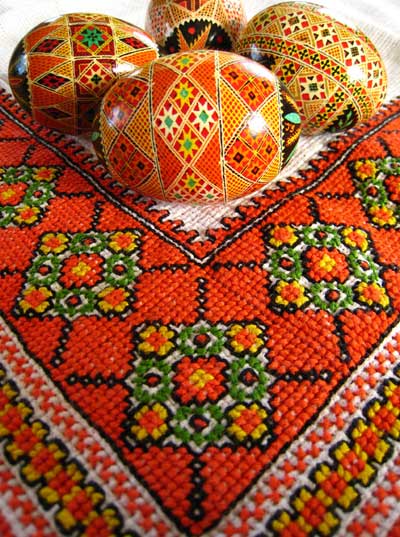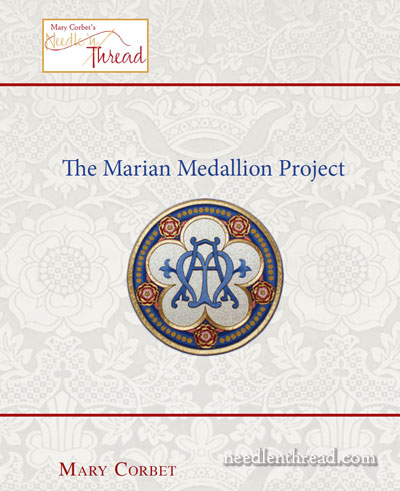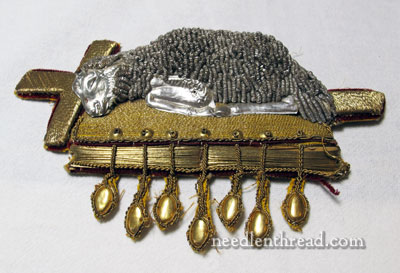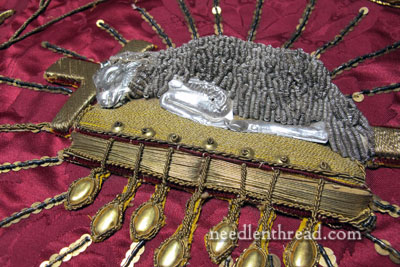April 3, 2013
To Pin or Not to Pin: Why I Use Pinterest & Love It!
I’d like to open up a discussion about Pinterest, the visual social network that created a lot of controversy in the arts & crafts (and especially needle crafts) blogosphere when it first started up, and that still has its adamant advocates and staunch opponents.
Since there are quite a few needleworkers out there using Pinterest, I think it’s a worthwhile topic to discuss, and I’d love to hear your opinion about it.
Lately, too, I’ve received some well-meaning, but horrified, e-mails, informing me that they saw a photo from my website on Pinterest. I had to write back and assure my friends that it’s ok. I actually like Pinterest, and I use it a lot, and sometimes (between you and me), I even post my own photos on there!
